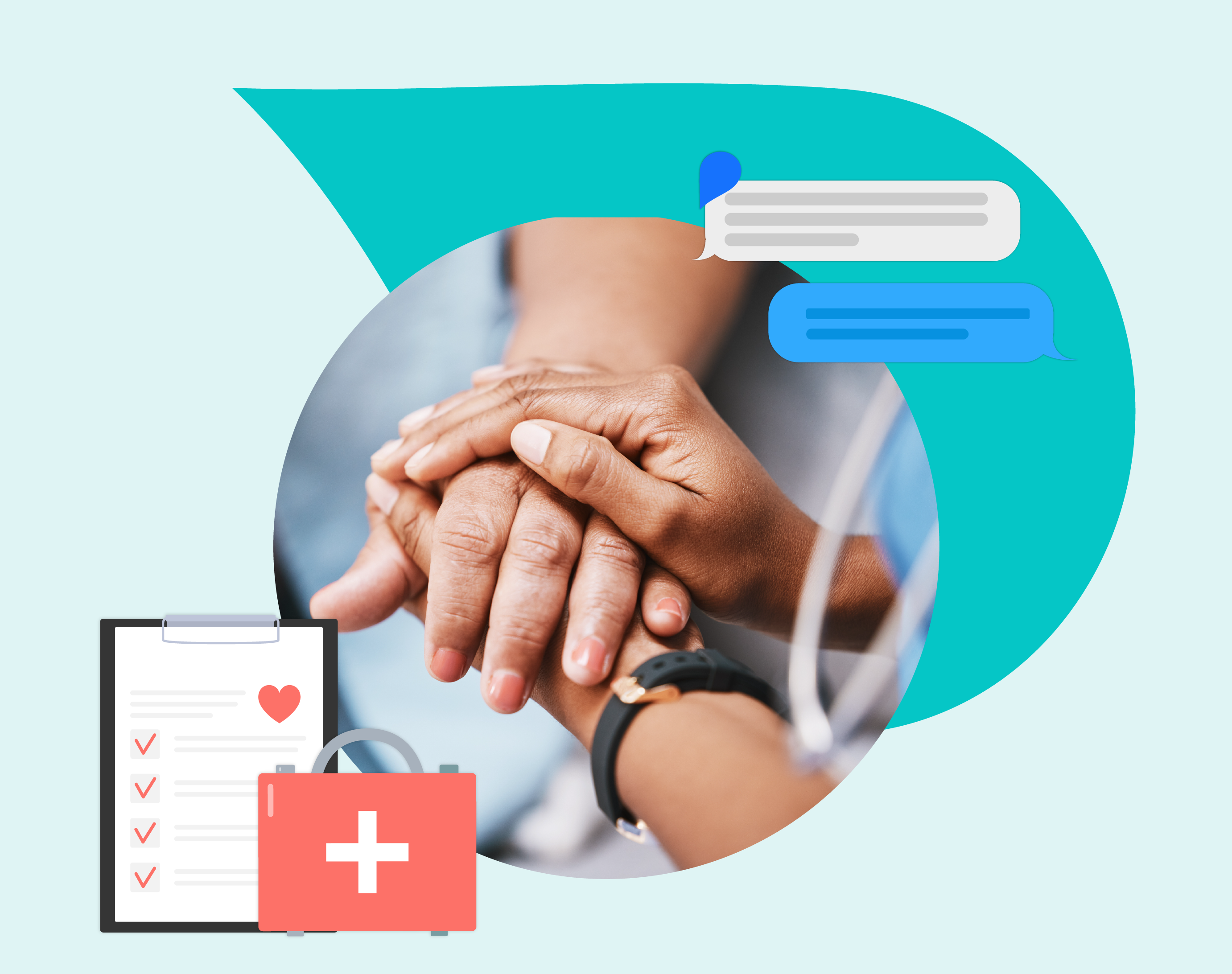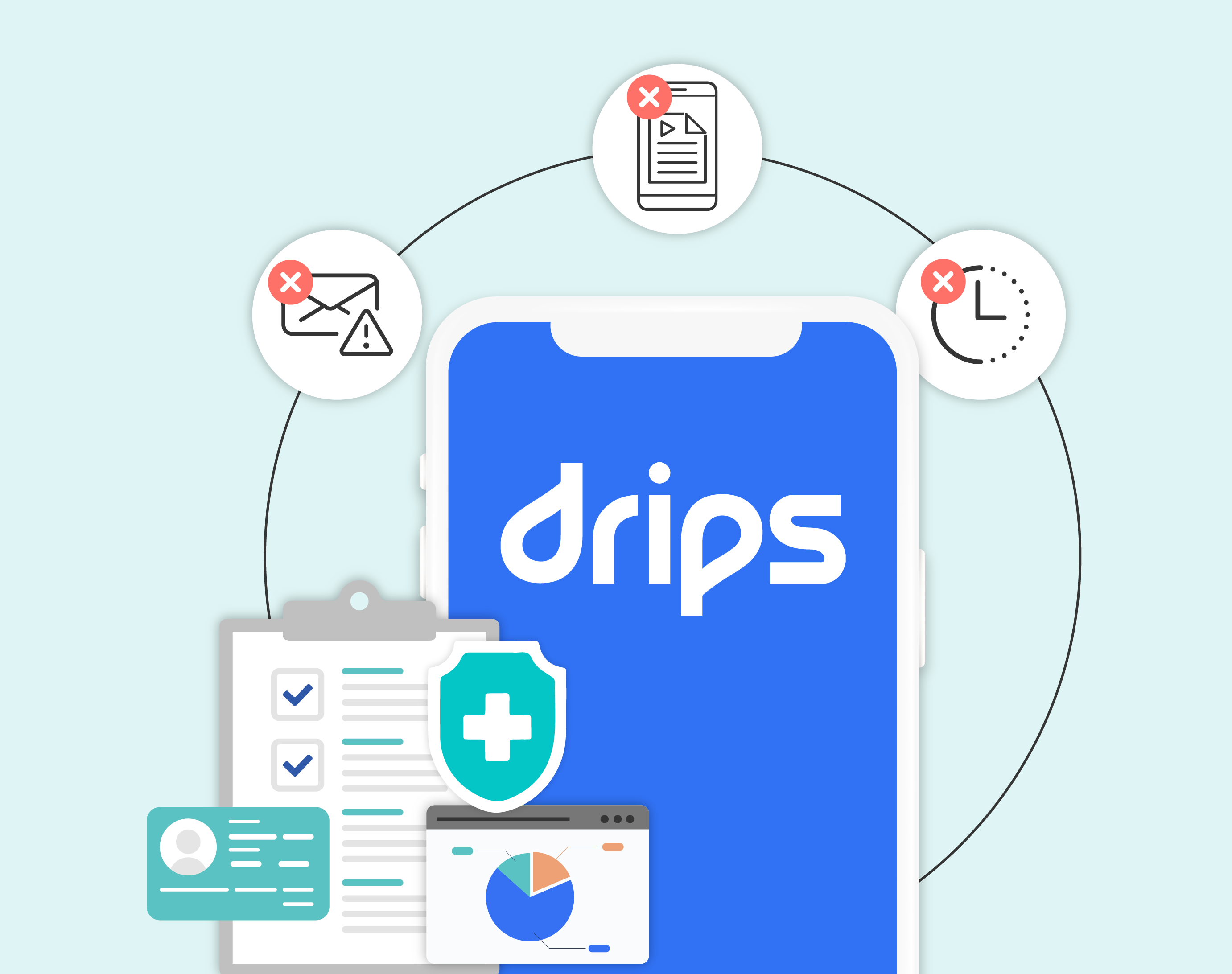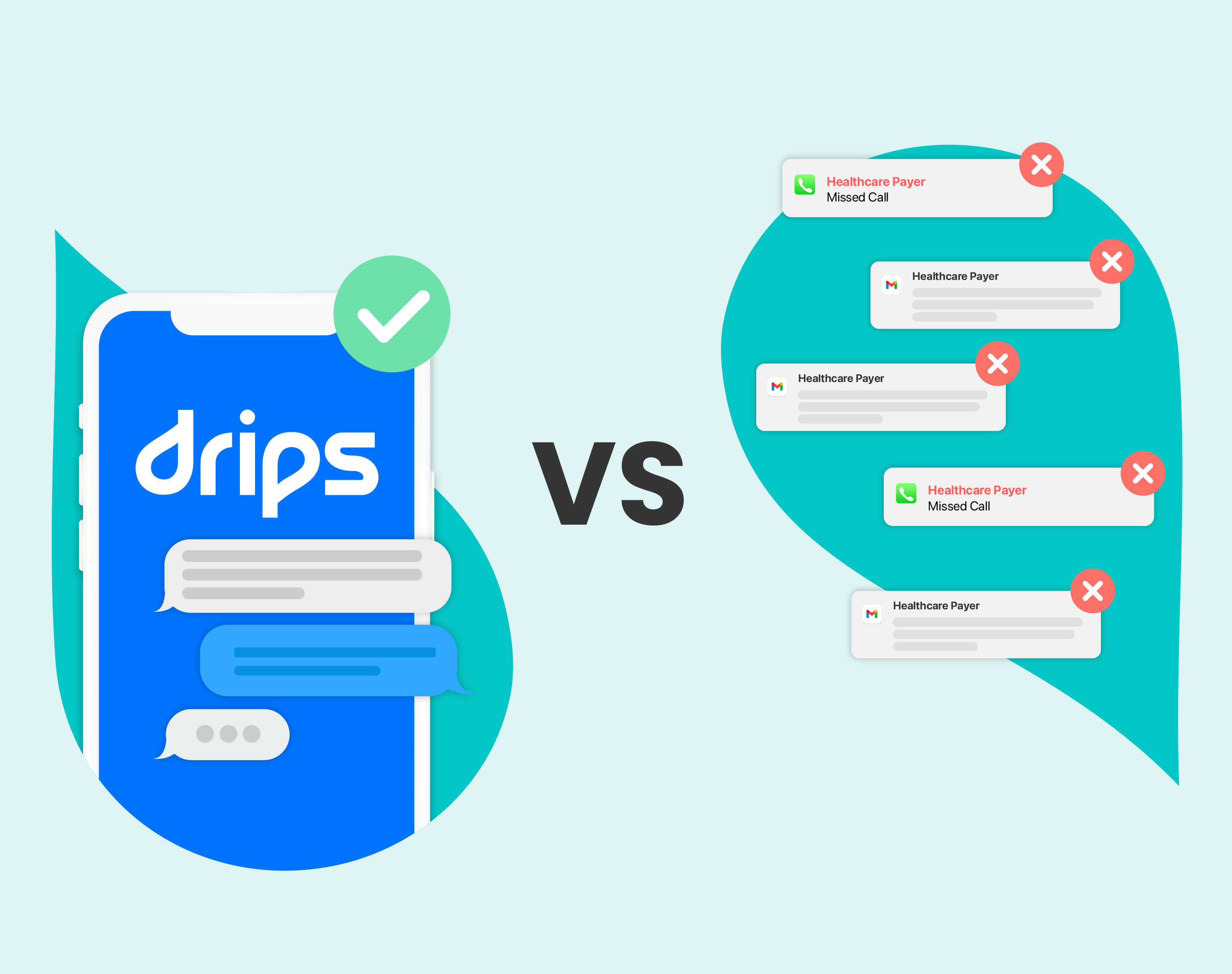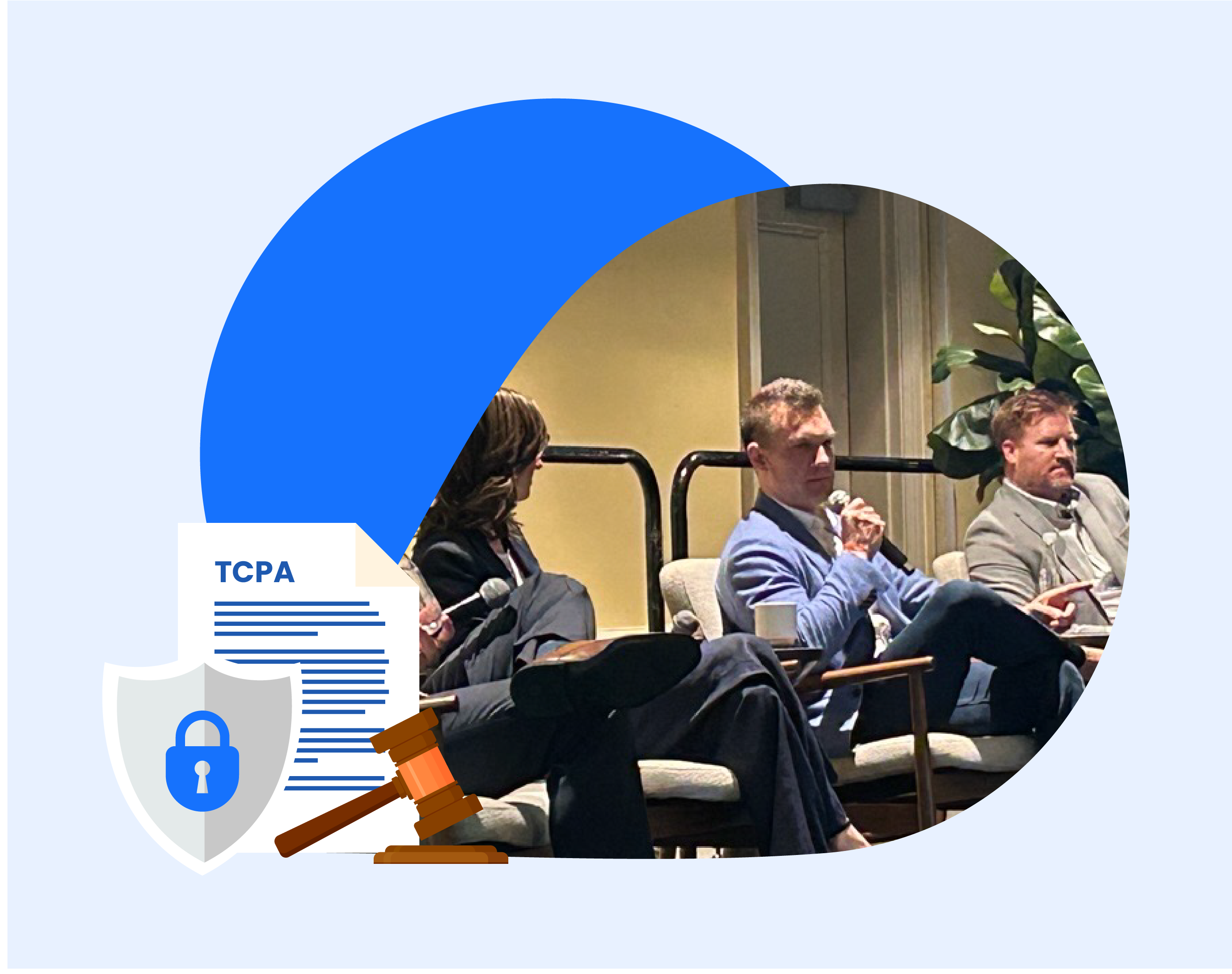Think Seniors Don't Text? Think Again.
There is a common misconception that older Americans don’t often send texts. While this may have been true in the past, it is no longer the case.
With the increasing integration of technology into our daily lives, seniors are embracing the use of cell phones, the internet, and texting as convenient and efficient means of communication. If you’re still operating under the assumption that seniors don’t text, it’s time to adapt your outreach strategies.
The advent of cell phones and mobile technology has revolutionized communication for people of all age groups, including older adults. Seniors, who once relied heavily on direct mail, phone calls, or desktop computers, increasingly prefer mobile communication. This shift allows for easier and more frequent interaction with family members and emotional support networks, among other benefits.
The increased usage of text messaging among seniors shows their adaptability to digital technology. But are the brands they interact with adapting along with them?
Let's dive into the latest trends and statistics about seniors texting. By understanding how seniors like to communicate, we'll see how companies can better accommodate their preferences.

The Facts About Texting Seniors
Let’s dive straight into the facts. According to a recent study, 86% of people aged 50 to 59 were smartphone users, 81% for those aged 60-69, and 62% for those aged 70 and over (AARP). Let’s explore some more statistics:
- 86% of Americans over age 50 communicate regularly via text messaging, and those in the 50-69 age group use texting more than email (AARP). This data highlights the growing importance of texting as a preferred means of communication among older adults.
- 57% of seniors would have a positive view of a company that offers texting (LinkedIn). This finding underscores the potential impact of integrating text messages into business strategies, as it resonates positively with older adults.
It’s easy to fall into the trap of thinking about seniors as a static group. In reality, this group gets more tech savvy every year as new individuals age into the demographic. These statistics bear this out, as they show growing acceptance of text messaging among seniors. Businesses need to adapt as well and recognize this evolving trend.
Seniors Are Texting More Every Year
With each passing year, older adults are becoming more comfortable with digital platforms and devices. As we look towards the future, it's essential to recognize that the seniors turning 65 in ten years won't primarily be Baby Boomers anymore. Instead, they will be members of Gen X, a generation that has experienced the rise of technology firsthand (InspiringApps). These individuals are likely to be even more comfortable with text messaging and other digital communication methods. If your brand hasn’t already integrated texting into your outreach to seniors, now is the time to update your strategy.
An Opportunity For Healthcare Companies
Seniors embracing texting presents a valuable opportunity for healthcare companies. By recognizing that more seniors are actively using text messaging, healthcare providers can enhance their engagement strategies to reach this demographic more effectively.
Implementing texting as a communication channel allows for personalized health reminders, appointment notifications, medication alerts, and more. This allows companies to directly reach seniors in a manner that is convenient and familiar to them. Moreover, healthcare companies can leverage the interactive nature of texting to engage in two-way communication. This is well-suited to addressing questions and concerns and providing timely support.
By adapting to the trend of seniors texting, healthcare providers can foster stronger connections, improve patient compliance, and enhance the overall quality of care for this important demographic.

Still Unsure? Here Are More Texting Stats For Healthcare
- A study found that people in their sixties were more likely to manage their medical care on smartphones and tablets (AARP).
- 89% of patients said they want to manage their own healthcare and will need access to technology to accomplish this (Patient Engagement IT).
- 61% of seniors embraced technology more during the COVID pandemic than previous years and there was a 300% increase in seniors using telemedicine to manage their healthcare (HealthInsurance.com).
- 71% of adults over 60 had difficulty using print materials and 80% had difficulty using documents like forms and charts (Centers for Disease Control and Prevention).
Rather than being a burden to seniors, technology like texting is actually a user-friendly solution to help seniors navigate the complexities of healthcare. Healthcare companies that adopt this viewpoint can lead the way in effective outreach. By creating a patient-centric approach that meets the needs and preferences of seniors, healthcare companies can improve outcomes and increase satisfaction.
Drips Can Help
Now that we’ve established the importance of adapting to seniors' texting habits, you might be wondering how to get started. Drips is a leading provider of Conversations as a Service, a communication strategy that leverages conversational AI to connect with seniors via SMS, phone, and voicemail.
With Drips, healthcare organizations can contact prospective patients and health plan members, send appointment reminders, provide educational information, and more — all without the need for additional staffing to manage these conversations. Through personalized, timely, and interactive text messaging, seniors can feel more connected and engaged with their healthcare. Plus, Drips' AI capabilities ensure conversations are always humanized and empathetic, reacting naturally as seniors respond.
Spring Venture Group worked with Drips to use conversational outreach to follow up with prospective Medicare plan members. By expanding their outreach to include conversational SMS, Spring Venture Group saw a 142% increase in conversions compared to outbound dialing alone. Want to learn how? Read the full case study now.









